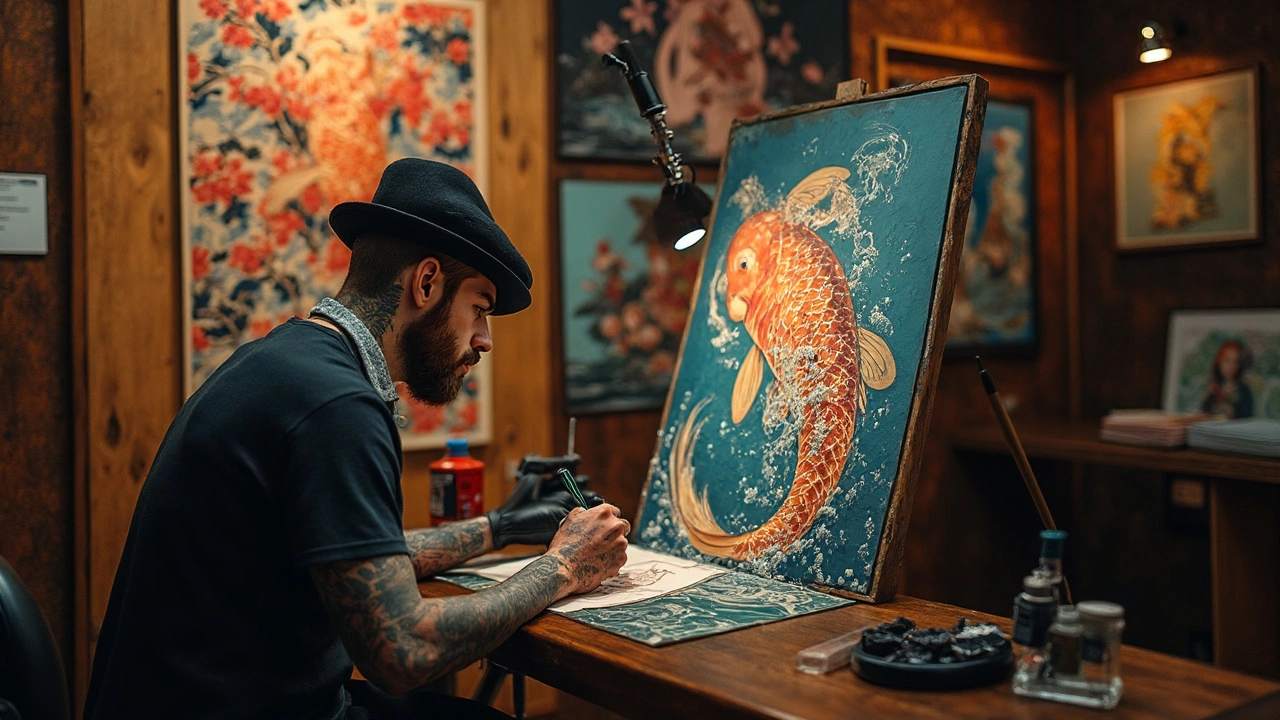Ukiyo-e: Japanese Woodblock Prints — What You Need to Know
Ukiyo-e are Japanese woodblock prints that captured everyday life, landscapes, theater scenes, and fashion from the 17th to the 19th century. If you like strong images, bold color, and clear design, ukiyo-e is an easy art to enjoy. This quick guide explains how these prints were made, points you to famous artists, and gives simple tips for spotting originals and caring for them.
How ukiyo-e were made
Ukiyo-e were a team effort. An artist drew the design first. A carver cut the drawing into several wooden blocks, one block per color. A printer applied ink to each block and pressed paper by hand to layer the colors. A publisher coordinated the whole process and sold the prints. Look for registration marks where colors line up; precise alignment shows skilled cutting and printing. Bright, flat color areas and clean outlines are typical of good work.
Original prints come from the Edo period and were printed on handmade washi paper. Reprints and modern reproductions use different papers and printing methods. If a print shows uniform mechanical dot patterns or glossy paper, it’s probably a modern print or reproduction. Also check for artist signatures, publisher seals, and censor seals—these small marks help date and authenticate a piece.
Famous artists, where to see them, and buying tips
Start with a few names: Katsushika Hokusai, Utagawa Hiroshige, Kitagawa Utamaro, and Utagawa Kuniyoshi. Hokusai’s The Great Wave and Hiroshige’s Station series are iconic and easy to recognize. Museums with strong collections include the British Museum, the Metropolitan Museum of Art, and Tokyo National Museum. Many museums also have high-quality images online if you can’t travel.
Want to buy a print? First, learn condition grading: colors, paper tone, tears, and repairs all affect value. Look for intact margins and clear impressions—faded color or soft outlines lower value. Check for artist and publisher seals in the lower corners. Ask the seller about provenance and whether the print is an original Edo-period impression, a later reprint, or a modern reproduction.
Preserve prints by keeping them out of direct sunlight, stored flat or framed with UV-filter glass, and away from humidity. Use acid-free mats and backings when framing. If you inherit or find an old print, consult a conservator before cleaning or restoring it yourself.
Ukiyo-e shaped how the West saw Japan and influenced Impressionism and modern graphic design. Whether you’re visiting a museum, starting a small collection, or learning printmaking, ukiyo-e offers clear visuals and practical lessons in color, composition, and craftsmanship.

